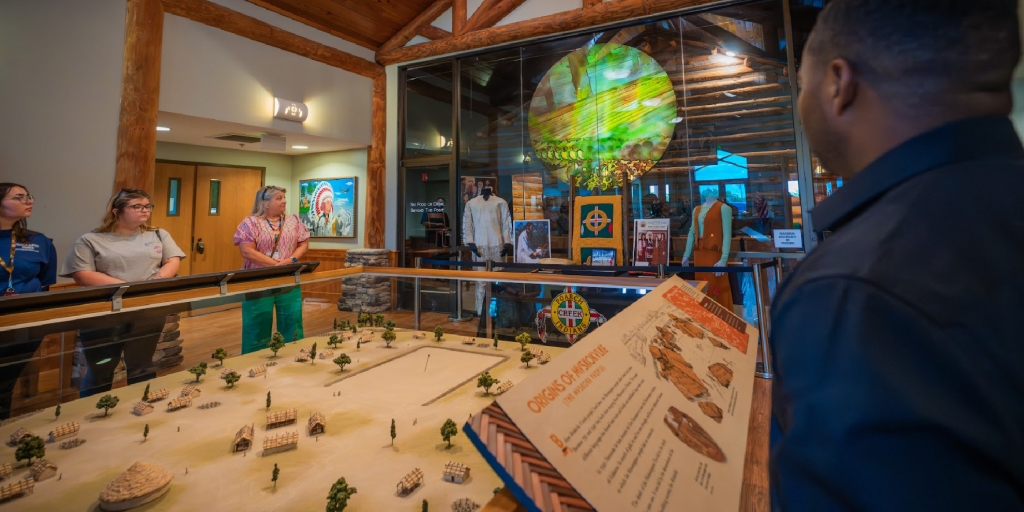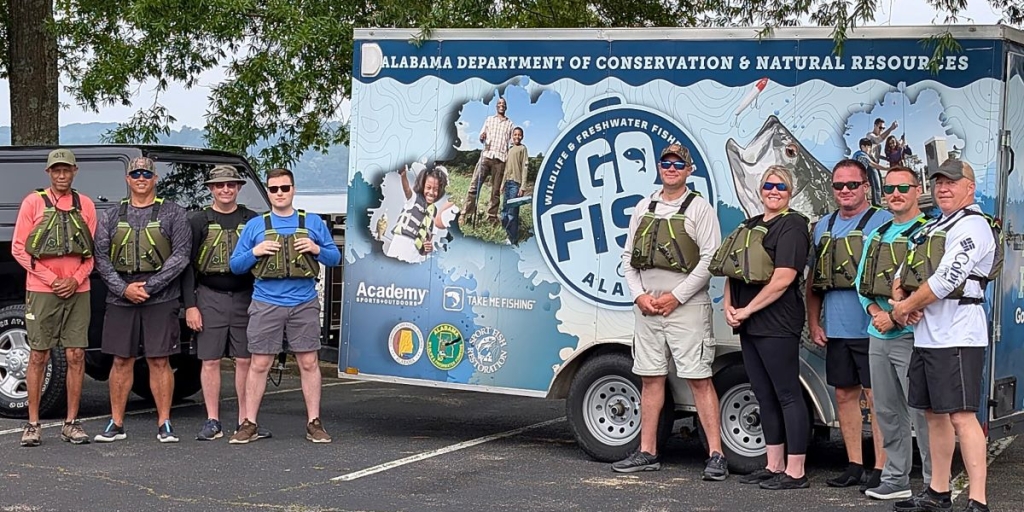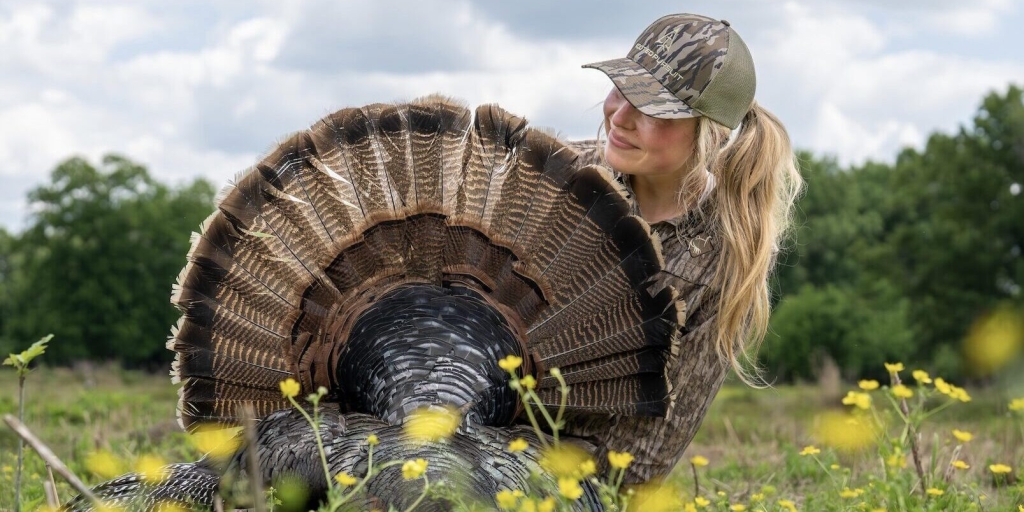In May, an alligator was struck by a train on Kauloosa Avenue in Tuscaloosa, and in June another gator was hit by a car on the same road.
In the past few years, there have been several reported gator sightings at Lake Tuscaloosa and at Van de Graaff Park.
Should alligators now be expected as a common part of the Tuscaloosa wildlife experience? And are their numbers growing?
Scott Jones, a University of Alabama New College LifeTrack instructor who specializes in herpetology, zoology and conservation biology, said Tuscaloosa has always been firmly within the natural territory range for the American alligator.
He said Tuscaloosa is not generally considered well-known for alligators because their populations aren’t as dense in T-Town as they are in Florida and south Alabama.
“The American alligator’s range goes all the way up to North Carolina,” Jones said. “So seeing them here isn’t that unusual. In fact, seeing them here is a success story.”
In the 1970s, the American alligator was put on the endangered species list because they were hunted to near extinction. But in the past 50 years, their population in Alabama has grown to the point where hundreds of annual complaints about them are reported. In 2006, alligator hunting season in Alabama was reinstated by the Alabama Department of Conservation and Natural Resources.
Do increased sightings of alligators in Tuscaloosa mean their numbers are on the rise in the city?
Jones said not necessarily.
“They’re more active in the summer because it’s breeding season, so that’s one of the main reasons someone may spot one,” he said. “In addition, there’s been a lot of major rain events here. Heavy rain and flooding will wash them out of their typical habitats and into areas where they’re swimming on the street, like with the sightings on Kauloosa Avenue.
“I can’t say for sure that their population is experiencing a boom in growth here, but I can say that their population here is stable and slowly increasing, and that American alligator population in the South, in general, is growing.”
What should be done if a person encounters an alligator?
Jones said people need to be aware of their surroundings at all times when outdoors, particularly near bodies of water. Alligators like to sunbathe well away from populated areas, but if someone is out fishing early in the morning or late at night, their chances of seeing one will increase.
“They look a good bit like logs,” he said. “If you see a log all of a sudden emerge from the water, that might be a good sign that it’s actually an alligator. If you’re out at night and you see a pink eye shine on the water, it’s a good sign that it could be an alligator.”
Jones said they’re not generally a threat to people, especially on land. They primarily attack when on land if they’re harassed, so the best thing people can do if they see one is to leave it alone.
“They tend to be shy, so just give them space. Obviously, if you’re driving and one is in the way there’s nothing you can do if it crosses your path, but that’s rare. They’re generally content to stay in the water or around the water.”
However, alligators pose a threat to pets, Jones said.
“If you’re in an area where they’re known to be, don’t let your pet spend time by the water’s edge.”
This story originally appeared on the University of Alabama’s website.
(Courtesy of Alabama NewsCenter)













